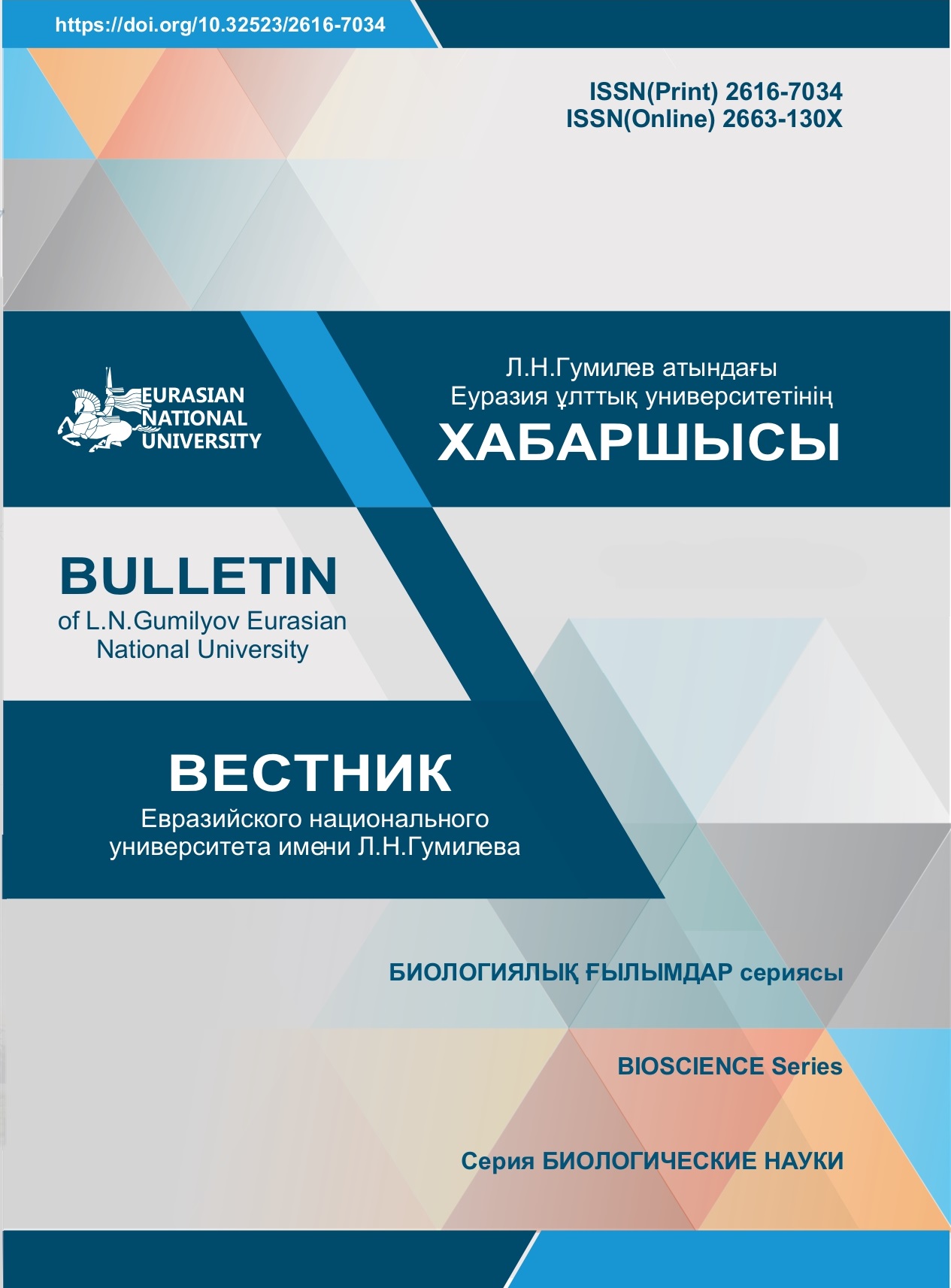The Potential of AlphaFold2-Predicted Adenosine Receptor Structures in Drug Discovery and Molecular Modeling
Views: 232 / PDF downloads: 121
Keywords:
protein structure prediction, TM-align, structural biology, structural analysis, drug discoveryAbstract
Adenosine receptors (ARs) have garnered attention as valuable targets in drug discovery due to their widespread expression across various tissues and their unique, tissue-specific roles. These receptors regulate numerous physiological processes, and drugs that selectively target ARs hold great therapeutic potential. Although several AR structures have been experimentally resolved and are available in structural databases like the Protein Data Bank (PDB), some receptor forms remain structurally undetermined. This gap limits the comprehensive molecular modeling needed to explore receptor-ligand interactions and accurately predict the potential therapeutic effects of candidate ligands. Recognizing the therapeutic promise of targeting adenosine receptors, we explored the feasibility of using AlphaFold2-predicted structures in drug design. Specifically, we examined the structure of the active A2B AR predicted by AlphaFold2 and compared it with its experimentally determined PDB counterpart. Our analysis revealed a high degree of similarity, with a TM-score of 0.96 and a root mean square deviation (RMSD) of 1.48 Å, underscoring the viability of AlphaFold2 models for molecular docking and drug discovery applications. In addition, we performed comparative analyses of the active and inactive forms of A2B and A3 receptors and their associations with G-proteins. This assessment provided further insights into receptor functionality and structural dynamics, enhancing our understanding of their structure-activity relationships. Our findings support AlphaFold2 as a valuable tool in structural biology, especially for drug discovery targeting ARs, some experimental structures of which are unavailable. This approach holds promise for expanding in silico modeling possibilities, aiding in the development of specific and effective therapeutics.
Published
How to Cite
Issue
Section
Funding data
-
Russian Science Foundation
Grant numbers 24-23-00603 -
Ministry of Higher Education and Scientific Research
Grant numbers AP19680579








